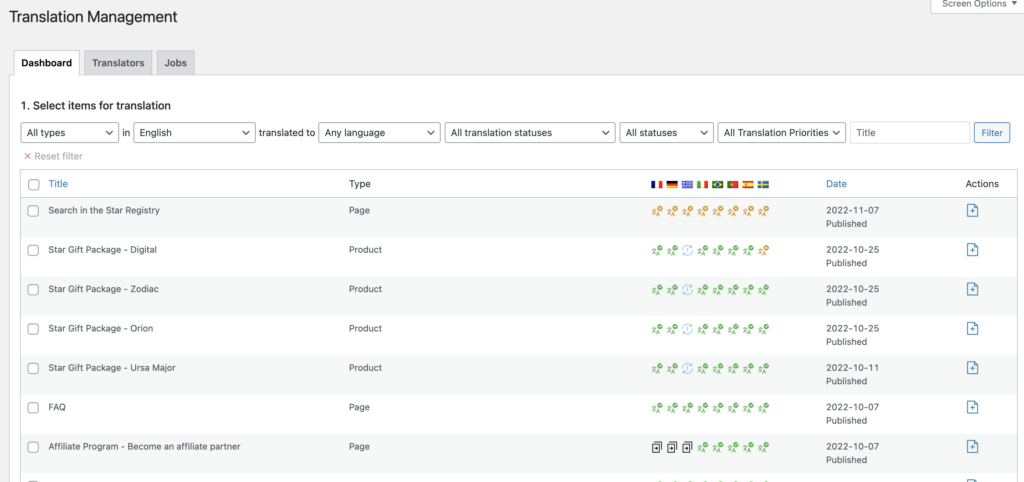Multilingual Websites with WordPress: A How-To Guide
The internet has reshaped global commerce and communication, bringing diverse communities closer than ever. As a result, multilingual websites have surged in importance, allowing businesses and individuals to cater to a worldwide audience. If you’re using WordPress, transitioning to a multilingual platform might seem daunting. However, with the right tools and guidance, the process can be simplified.
What is a Multilingual Website?
A multilingual website offers its content in more than one language. It’s not just about translating the words but ensuring the essence and context remain intact. Such sites aim to provide an inclusive user experience, making information accessible to a broader audience.
Why Opt for a Multilingual WordPress Site?
There are numerous reasons to go multilingual with your WordPress site:
- Wider Reach: By offering content in multiple languages, you can tap into international markets, expanding your audience base.
- Enhanced User Experience: Visitors are more likely to engage with a website if presented in their native tongue.
- SEO Benefits: Search engines favor websites that cater to a diverse audience, potentially boosting your rankings.

Making Your WordPress Website Multilingual
Choosing the Right Plugin
There are several plugins designed specifically for creating multilingual WordPress sites. Some popular ones include WPML, Polylang, and TranslatePress. When selecting a plugin, consider factors such as user reviews, compatibility with your WordPress theme, and additional features.
Manual vs. Automated Translations
While automated translations can save time, they might lack accuracy. To maintain content quality, consider hiring professional translators or using a combination of both methods.
Consistent Design and Functionality
Ensure your website’s design remains consistent across languages. This might require tweaking some elements depending on the language’s structure and script. Familiarize yourself with the WordPress dashboard to manage and modify site elements.
SEO Optimization for Multilingual Sites
Optimizing your website for search engines is crucial. Use hreflang tags to inform search engines about the language and geographical targeting of a page. Also, ensure each language version is accessible and indexed.
Common Challenges & Solutions
Setting up a multilingual site on WordPress does come with its set of challenges:
- H3: Impact on Website Speed: Adding multiple languages might slow down your site. Optimize images, use caching plugins, and consider a robust hosting solution.
- H3: Quality Assurance: Ensure translations are contextually accurate and culturally appropriate.
- H3: E-commerce Transactions: If your website conducts business, ensure seamless transactions across all language versions. This might involve currency conversions and localization of payment gateways.
In Conclusion
Going multilingual with WordPress is a strategic decision that can propel your website to global prominence. With the right resources, tools, and a comprehensive understanding of WordPress development, the process becomes seamless. Remember, the world is a mosaic of languages. Embrace it, and let your website be a bridge to diverse communities.
